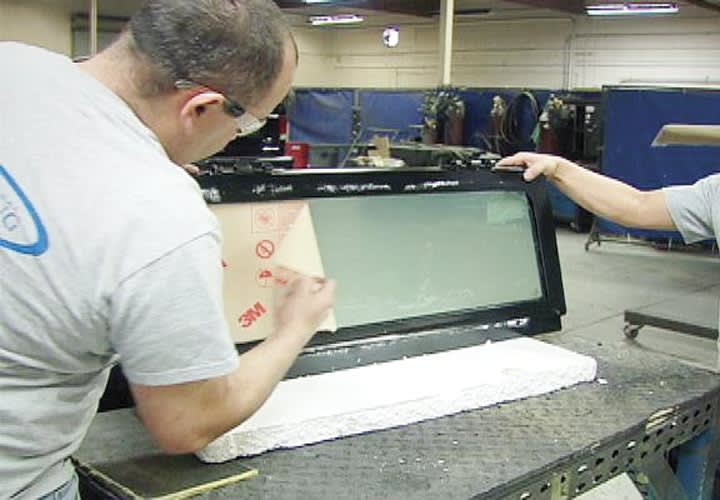Burton says the company's experience shows that Wride's focus on windshields is critically important for officer safety. "We've had almost 400 attacks on vehicles we armored over the years, and 90% of the rounds hit the glass," he explains. "People shoot at what they can see."
In the past, armoring windshields, side windows, and doors in patrol vehicles per Wride's plan would have added a lot of weight. But Burton says that has changed and using today's technology the armor is comparatively very light and will have nominal effect on the vehicle's performance. "It's a maximum additional weight of about 200 pounds. That's like adding another passenger into the car," he says.
Many of the drawbacks that police officers have raised about armoring patrol cars have also been eliminated by advances in armor. For example, some officers believe that adding ballistic glass to patrol cars would make them death traps in the event of an accident, as the heavy glass would shatter into large, sharp shards and impale the occupants unlike safety glass windshields, which crumble into dull-edged chunks.
Ballistic windshields are no longer anywhere near as heavy or thick as they were in the past. Burton says an NIJ Level III windshield that can stop AR and AK fire is 33 millimeters (1.3 inches) thick. And while that's certainly substantially thicker than a standard windshield, it's not the brick-thick glass that was once required to protect vehicle occupants from rifle bullets.
The type of glass now being used by International Armoring for passenger vehicles is a multi-laminate. It consists of a hardened glass, then an acrylic inner layer, and finally a polycarbonate backing. "The hardened glass and the acrylic slow the round down and the polycarbonate has elasticity. It absorbs the energy, and stops the round and any fragments," Burton says.













